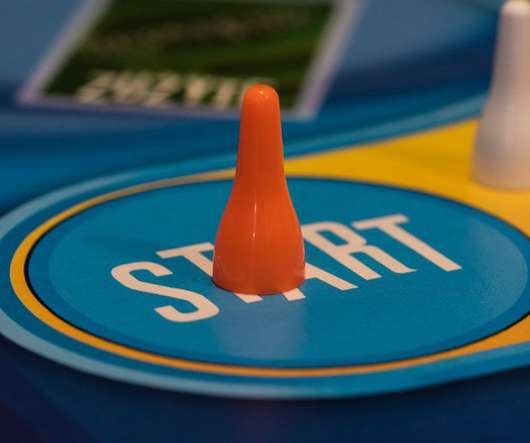How to Create Effective Test Questions
CourseArc
MARCH 15, 2017
If every student answers a question correctly, does that mean your question is too easy, or is it a perfect example of an effective test question? How to Create Effective Tests and Quizzes. Image: “ Quiz ” by Animated Heaven, via Flickr Creative Commons License. Is it meant to challenge a student?













































Let's personalize your content